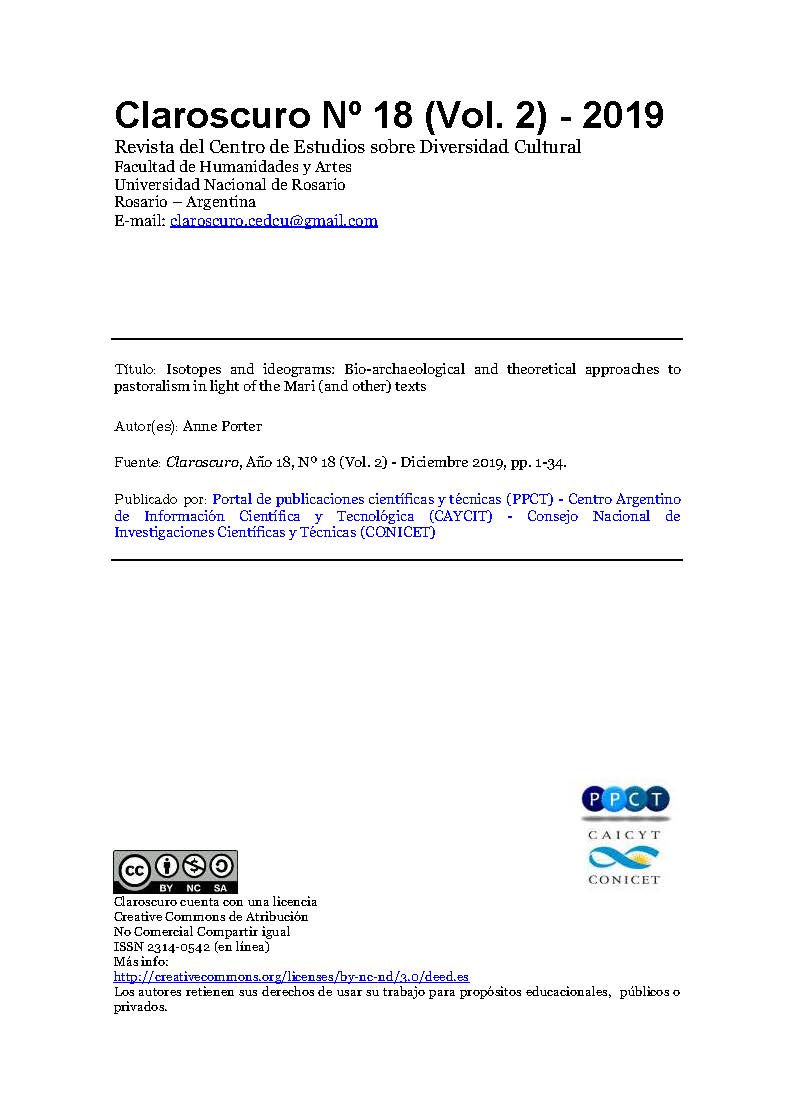The fundamental issue obscuring our understanding of the place of animal husbandry in the societies and economies of the ancient Near East remains definitional. Sheep and goat recovered from settlements that show evidence for foddering, or grazing on cultivated crops, is argued as proof of a lack of mobility, but this fails to take into account whether these animals are used for meat and milk, sacrifice, or their wool. It also does not distinguish between those animals kept for daily use by individual households and institutionally owned animals. The textual evidence from Mari, which describes mobile pastoralism, is argued to be anomalous. But, in fact, Mari pastoralism is not independent pastoralism either. It is, however, mobile and long-distance, as well as variable according to the particular pastoralist group under discussion. This paper argues that a wide range of textual material, of which the Mari archive is but one source, shows that multiple kinds of pastoralism coexisted in the ancient Near East, including multiple kinds of mobile, or distance, pastoralism, as distinct from independent pastoralism.
Publication Type
- Article



